Access Management solutions provide security and control for managing user identities and permissions within systems. The tools facilitate the authentication and authorization processes, ensuring that the right individuals have access to the appropriate resources.
Effective Access Management is crucial for ensuring secure and efficient control over who can access company resources. It supports compliance with regulatory requirements, minimizes the risk of unauthorized access, and enhances operational productivity by automating access control processes. By leveraging insights and user feedback, organizations can select solutions that meet their specific needs and challenges.
What are the critical features of Access Management solutions?Access Management is implemented across sectors like finance, healthcare, and technology to protect sensitive information and ensure compliance with industry-specific regulations. For example, financial institutions utilize these solutions to safeguard customer data and transaction records.
Organizations find Access Management crucial for safeguarding user credentials and maintaining the integrity of their systems. These solutions help manage access policies effectively, reduce security risks, and enable compliance with various regulatory standards, thereby supporting the overall security strategy.
| Product | Market Share (%) |
|---|---|
| Microsoft Entra ID | 24.0% |
| Auth0 | 8.4% |
| Okta Workforce Identity | 8.1% |
| Other | 59.5% |


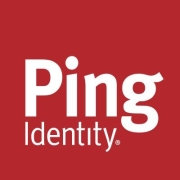
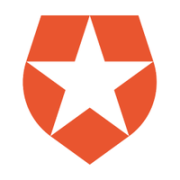
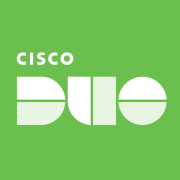
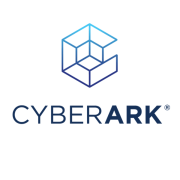
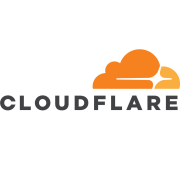
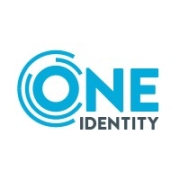







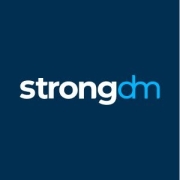
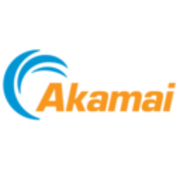
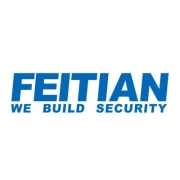



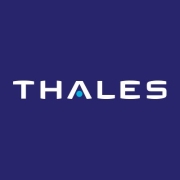

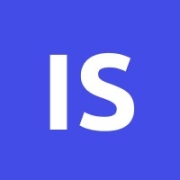

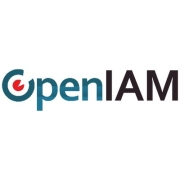


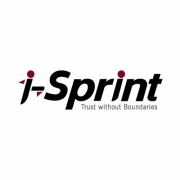

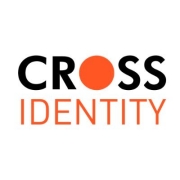
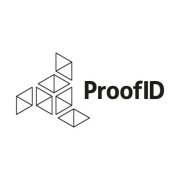
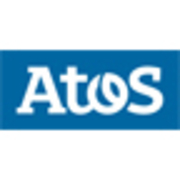
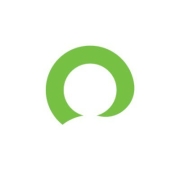


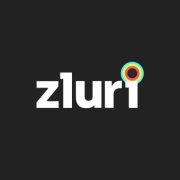
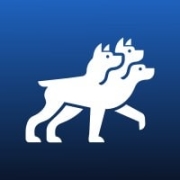
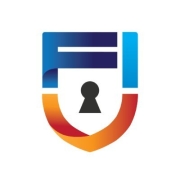








Access management, or IAM, comprises the systems and procedures that allow IT administrators to designate a digital identity for each individual, authenticate them when they log in, authorize them to access specific resources, and monitor and manage those identities throughout their lifecycle.
It is important to avoid granting users excess access privileges. Typically, this involves offering all users the lowest level of access possible while still allowing them to perform their roles.
There are several areas that fall under the category of access management:
Access management is the most effective security practice that protects organizations and data against threats; organizations that use identity and access management solutions report a reduction of unauthorized access incidents. Implementing appropriate access management reinforces an organization’s risk management and security posture.
Access management security ensures that users have the right access privileges required for their job. Without it, approvals for access requests, frequent changes in user roles and departments, and the lack of suitable processes for access put the organization at risk of insider threats and increase the chances of data leakage.
By leveraging access management programs to automate and streamline access management, organizations can boost operational efficiencies.
Access management systems are used to manage and monitor user access authorization and access to data, systems, and applications to help protect organizations from data loss and security breaches.
Security access management systems are designed to automate and simplify the process of assigning and managing numerous access settings. Automated software helps guarantee that users have the correct authorization levels and only have access to the resources they need.
Regulatory compliance and industry mandates have become increasingly stringent and more complex in recent years. Access management solutions that automate data collection, reporting, and access enable companies to limit access to only those individuals who need it and be more compliant to industry standards. By leveraging strategic security policies, organizations can ensure data is strictly controlled while meeting ongoing compliance requirements.
Key benefits of using access management systems include:
Features to look for in an access management system include:
User provisioning refers to the creation, management, and deactivation of user accounts within an organization's IT environment. This process ensures users have the access they need when they need it, vouching for business efficiency as it reduces time wasted on access-related issues.
During the user provisioning phase, IT administrators assign application access, data permissions, and hardware resources based on an individual's role and requirements within the company. This not only simplifies the process of onboarding new members but also ensures all necessary resources are allocated in a controlled and secure manner.
Upon an organizational change, such as a role switch or termination of a contract, the process of user deprovisioning comes into play. A thorough and efficient deprovisioning process revokes access rights and safeguards secure data. Failure to properly deprovision users can result in unauthorized database access, adoption of orphan accounts, and potential data breaches.
The automating user provisioning and deprovisioning process through access management software greatly decreases the chance of human error and the risk of security breaches, thus strengthening an organization's security posture significantly.
As part of a strategy for secure access, enterprises must realize the importance of robust processes for user provisioning and deprovisioning. Access management software optimizes the management of user identities and their respective access rights, directly impacting the organization's security and productivity levels.
Implementing Access Management in cloud environments significantly enhances security by ensuring that only authorized users have access to sensitive data. You can implement multi-factor authentication, set up role-based access controls, and continuously monitor access patterns. These measures help detect and prevent unauthorized access attempts, reduce the risk of data breaches, and ensure compliance with regulations.
What are the key components of an effective Access Management system?An effective Access Management system includes user authentication, authorization, user provisioning, and auditing. Authentication ensures users are who they claim to be, while authorization grants access levels based on roles. User provisioning automates account creation, and auditing provides visibility into access and usage. By integrating these components, you can maintain robust security and manage user access efficiently.
How does Single Sign-On (SSO) benefit organizations?SSO streamlines user access by allowing users to log in once to access multiple applications. This reduces password fatigue, lowers helpdesk requests for password reset, and improves user productivity. For organizations, SSO strengthens security because it reduces the number of credentials managed, allowing you to enforce stronger authentication measures. It also provides centralized control over access policies.
What role does Identity Governance play in Access Management?Identity Governance ensures that access rights are granted appropriately and are in line with business policies. It involves the continuous review and certification of user access, ensuring compliance with regulatory standards. By implementing Identity Governance, you can mitigate the risk of unauthorized access, prevent segregation of duties violations, and maintain a secure, compliant environment.
Why is multi-factor authentication (MFA) critical in Access Management?MFA is crucial because it provides an additional layer of security beyond just passwords. By requiring two or more verification factors, such as a code sent to a smartphone or a fingerprint scan, you reduce the risk of compromised accounts. With the prevalence of phishing attacks and credential theft, MFA acts as a vital deterrent, helping protect sensitive information from unauthorized access.